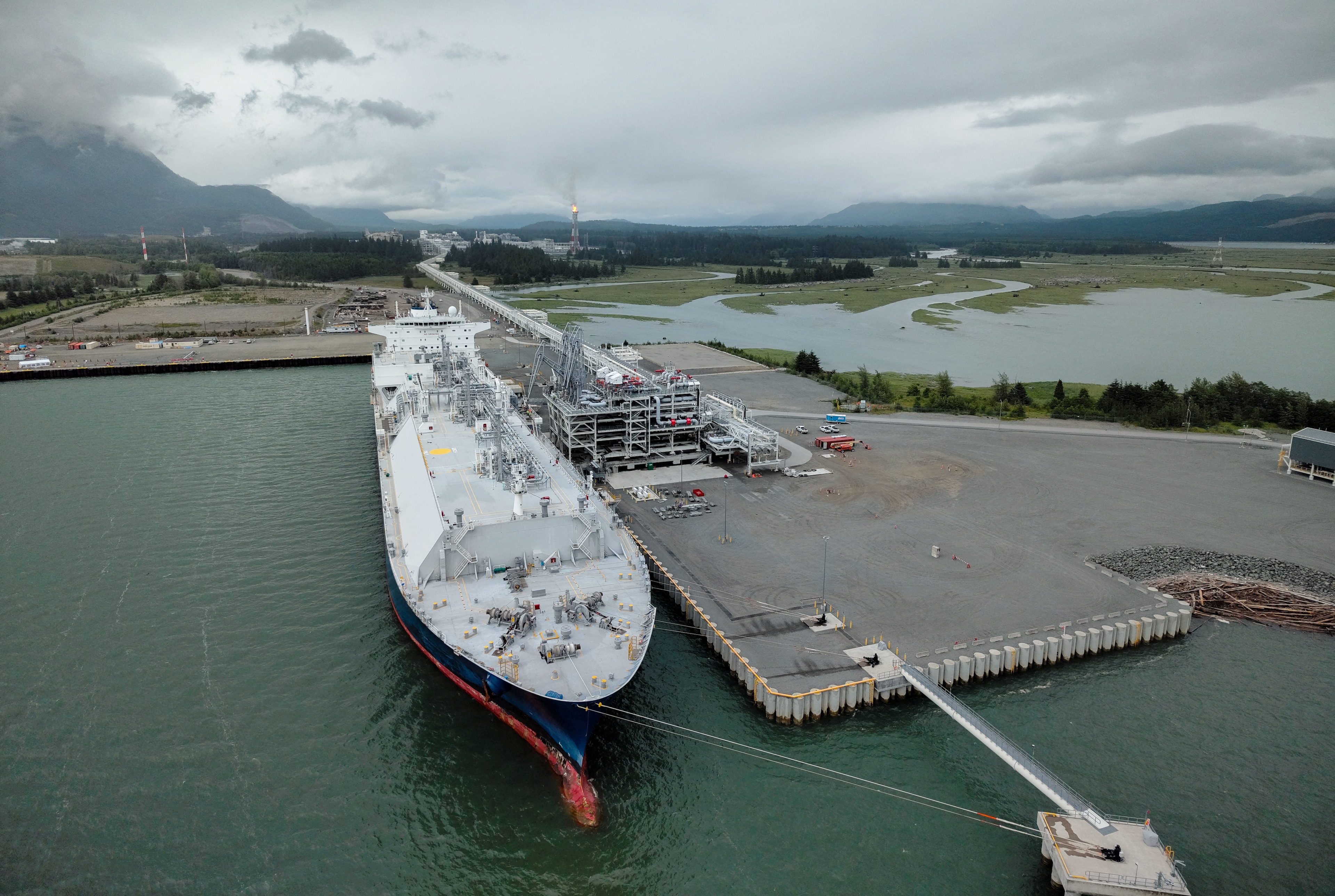5 things utility companies must do to future-proof themselves

Utility companies around the world face unprecedented challenges from rapidly changing market demands.
Image: REUTERS/Bruno Kelly
Stay up to date:
Latin America
Utility companies around the world face unprecedented challenges from rapidly changing market demands. They must adapt to technological advances such as intermittent renewable power generation, rooftop solar panels, behind the meter storage, as well as an increase in customer expectations. This new market context is unpredictable and embracing it requires an overhaul of utilities’ operating and business models. In Latin America, on top of these challenges utility companies also need to deal with ageing infrastructure and evolving regulations, which adds an additional challenge on the road to success.
The traditional utility business is under pressure. Utility companies around the world were used to dealing with a captive customer base with limited alternatives, long-term capital investment and relatively stable regulatory contexts. The future, however, looks very different. Customers will expect from utility companies a similar level of service to what they receive from other services industries like telecommunications and banking. Given the increasing cost of energy, customers are also looking for alternatives either to reduce energy consumption through more energy-efficient equipment or to generate their own energy using rooftop solar panels. At the same time, technological advances call for new investments to upgrade the grid infrastructure and unlock the door to new competition from niche players offering technology-driven energy-related services.
6 trends driving utility companies
More specifically, the changes utility companies are experiencing are driven by six trends:
1. The growth of intermittent renewable power generation
2. The challenging economics of traditional generation
3. The integration of Distributed Energy Resources (DER)
4. Increased customer expectations
5. The use of big data and analytics
6. Regulatory changes
Renewable power generation represents the largest share of new capacity additions in the past five years in OECD countries, as a result of the move toward cleaner energy and the continued fall of solar and wind installation costs. Given the intermittent characteristics of the new energy sources, the increasing participation of renewable in the generation matrix creates more frequent imbalances in the network, which are a burden that utility companies will need to manage. At the same time, utility companies are trapped by the high cost of ageing assets, which still represent over 50% of the installed capacity.

Additionally, the growth of distributed generation presents many challenges for utility companies, including the need for tariff reform and the complexity of technology integration. The cost of small-scale power generation has declined significantly in recent years. As an example, in the US, residential rooftop solar photovoltaic installations are expected to grow from 1,8 Gw in 2015 to 5,7 Gw in 2020. Also, the use of smart meters and other sensors around the grid brings large quantities of real-time data that, when analyzed and interpreted, could provide utility companies with new insights to reduce costs or increase revenues.
Changes in regulation bring an additional layer of uncertainty for utility companies. In Latin America for example, after decades of relatively stable power regulation, governments began to introduce new laws that foster decarbonization of the generation matrix (e.g. carbon tax and renewable targets), promote energy efficiency (e.g. incentives for lower consumption) and develop distributed generation (e.g. net-metering). All these changes create opportunities and risks for utility companies, as value shifts from traditional to new business models.
To cope with these changes and emerge as successful companies, utility companies require an overhaul of their operating and business models, even more, extensive than the one that came with the deregulation and generation divestitures of the 1990s. The transformation required to survive in this context is overlooked by many utility companies, which either underestimate the magnitude of the challenge or decide to address it incrementally. Companies that embrace transformation and proactively begin changes before a significant downturn creates seven times more value than those companies that are slower to respond. The transformation that utilities must undertake requires significant planning, commitment and effort. In our experience, regardless of the business model selected, utility companies can succeed by developing a strategy based on five pillars:
Grid modernization: Utility companies' investment plans to upgrade their grids not only need to be focused on eliminating capacity constraints, but also need to embrace new technologies. The grid of the future has to handle bidirectional power flows, incorporate smart meters and capture and report large quantities of data. Therefore, grid investment plans will need to incorporate a wide variety of new technologies like advanced inverters, grid management and dispatch tools, and grid-level energy storage equipment.
Adaptation to DER: Integrating DER into the grid is inherently difficult because it involves multiple stakeholders and cuts across generation, transmission and distribution functions. Utility companies must balance customer demands for interconnection options (e.g. rooftop solar, storage) with the economic impact on non-DER customers. Utility companies need to ensure safety, reliability and an equitable tariff for all customers on the grid while managing the technical demands for DER integration. Therefore, to effectively incorporate DER into the grid, utility companies will need to adapt their tariff schemes to acknowledge the different types of customers, define a solution for DER technical integration and put in place process and organizational changes to make all the pieces work together.
Customer-centric evolution: Utility companies of the future will have to develop a greater focus on their customers. Successful companies will be those that move from selling power as a commodity, to having a segmented value proposition centred on customer needs. Utility companies will need to invest in developing customer insight to understand what drives satisfaction and to identify opportunities for new services.
Flexible generation: With the expected growth of renewables, the grid of the future will experience higher levels of variability driven by the intermittent dispatch of renewable sources. Utility companies will need to devise a strategy to offset the impact of variable generation from renewables in their business. Depending on the level of vertical integration of each utility, strategies range from incorporating flexible generation assets to partnering with other utility companies or service providers that can offer this as ancillary services.
Adjusting market and regulatory models: To make the transformation of utility companies commercially viable, the regulatory and market models will need to evolve. A regulation that sets a tariff to cover the replacement value of the network may not recognize the full set of values expected to be delivered by the utility of the future. Therefore, whether with evolving regulations or through the development of new markets, utility companies will need to have a plan to capture the value they bring to the table.
Utility companies must decide on the right strategic approach to tackle this new environment. Predicting what the new environment will look like is one thing, but today's utilities need a roadmap for getting there. The first steps will be difficult, but the results of a successful transformation will be celebrated by customers, employees, shareholders and regulators for decades to come.
Don't miss any update on this topic
Create a free account and access your personalized content collection with our latest publications and analyses.
License and Republishing
World Economic Forum articles may be republished in accordance with the Creative Commons Attribution-NonCommercial-NoDerivatives 4.0 International Public License, and in accordance with our Terms of Use.
The views expressed in this article are those of the author alone and not the World Economic Forum.
Forum Stories newsletter
Bringing you weekly curated insights and analysis on the global issues that matter.
More on Energy TransitionSee all
Ayla Majid
July 24, 2025
Manikanta Naik and Murali Subramanian
July 23, 2025
Arunabha Ghosh and Jane Nelson
July 22, 2025
Ali Alwaleed Al-Thani and Santiago Banales
July 21, 2025
Goodness Esom
July 18, 2025




